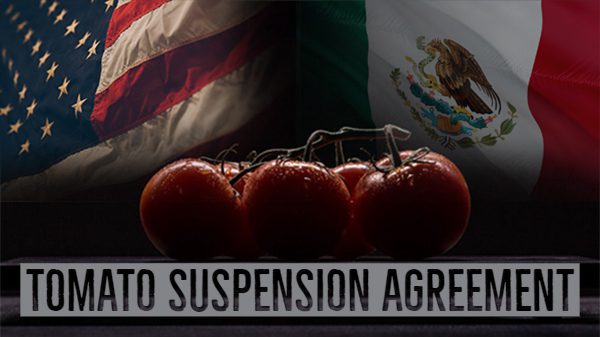Welcome to Blue Book!
Are you ready to join the thousands of companies who rely on Blue Book to drive smarter decisions? View our plans and get started today!
Still have questions? We’d love to show you what Blue Book can do for you. Drop us a line– we’ve been waiting for you.
Concluding Thoughts
As noted in the World Economic Forum’s “Global Competitive Report,” Canadian banks were ranked as the soundest in the world for five consecutive years from 2008 to 2012, due in part to oversight from the Office of the Superintendent of Financial Institutions for prudential regulation and the Financial Consumer Agency of Canada for consumer matters. “At the time of the (financial) meltdown,” commented Trocchia, “banks were lobbying the government for more deregulation, but the effort failed. I don’t think it would succeed now given the results of the crisis.”
Despite recovery and seeing more stable bigger banks, money is still tight for U.S. commercial borrowers, notes Chris Ciruli, chief operating officer at Ciruli Brothers, LLC in Nogales, AZ. “The smaller banks have been able to loan less and less money, especially for construction projects,” Ciruli says. Lines of credit were sometimes easier to come by, but money of any kind has been more accessible than in 2008 and 2009 “when
we were seeing absolutely no cash available from the banks.” But Ciruli feels “restrictions are getting tighter and tighter every year, and banks are willing to take less and less risk. So as we are continually trying to grow a business,” he explains, it “means you have to grow on your own capital, which makes it much more challenging.”
Beube appreciates the range of banks and services available in the United States, but finds the environment is still rather volatile: “We’ve got banks that have come through the crisis in great shape, and are doing well; and there are others that are still struggling mightily to survive. All the banks in the U.S. were impacted by the financial crisis to some extent.”
To help prevent future financial crises, the Basel Committee on Banking Supervision’s “Basel III” global regulatory standard is being introduced during 2013 and will continue to roll out through 2018, setting new international standards on bank capital adequacy, stress testing, and market liquidity risk.
Canada is poised to be an early adopter, Trocchia notes, while the U.S. Federal Reserve, FDIC, and Office of the Comptroller of the Currency issued a joint statement in late 2012 that they were working “as expeditiously as possible” on aligning U.S. banks with the Basel III standards.
Though many may disagree as to the proper level of oversight and regulation, there is a simple, fundamental thought most should keep in mind: “You always have to make sure you’re balancing good regulation with the ability of banks to conduct their business,” says Maura Drew-Lytle, director of media relations and communications at the Canadian Bankers Association in Toronto.








